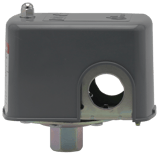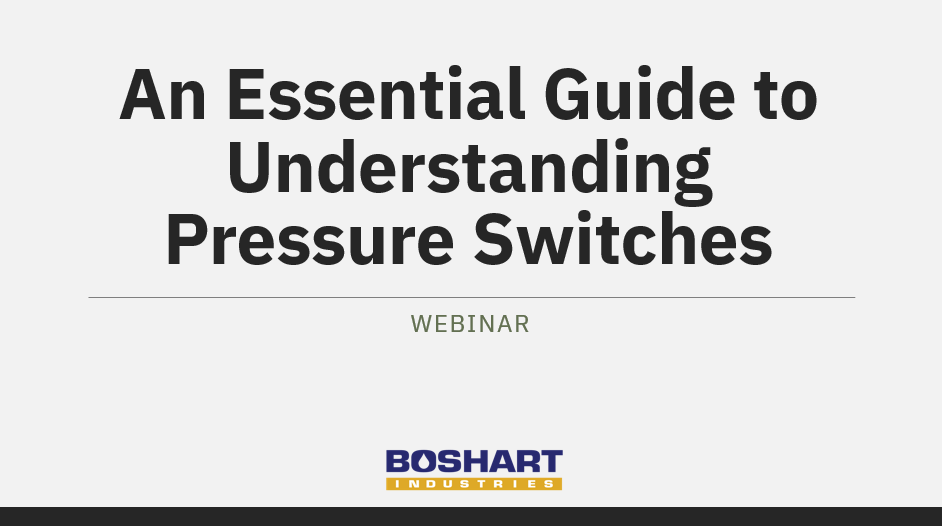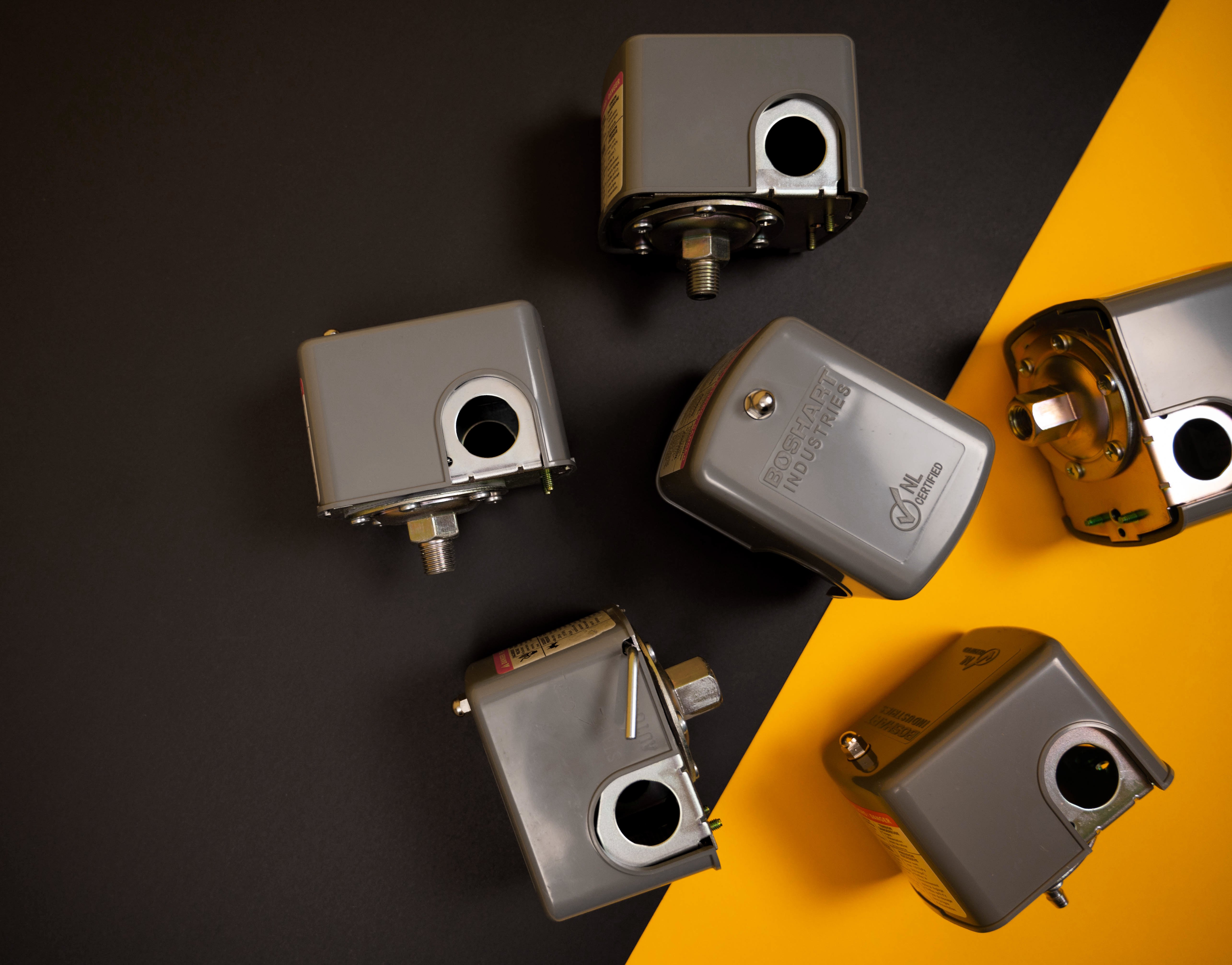Have you noticed that your water flow has stopped before your pump starts? This a common issue. Before replacing your entire pump, you should first check the pre-charge pressure in the bladder or diaphragm type water storage tank, which may save you time and money.
Often making an adjustment on your pressure switch can solve your problem. In this blog, we will take a look at what causes the water flow to stop and why it happens and how you could potentially fix it, depending on the situation.
What Causes This?
In some cases, when the pressure tank or the pressure switch components of the system are replaced and the internal tank pressure or cut-in on the pressure switch is different, then adjustments need to be made. Sometimes the issue is immediate, but it may not show up until the ambient temperature changes. In some locations, when the seasons change, it can affect the internal pressure in the tank. Warmer weather will cause the air inside the tank to expand, increasing the internal pressure.
adjustments need to be made. Sometimes the issue is immediate, but it may not show up until the ambient temperature changes. In some locations, when the seasons change, it can affect the internal pressure in the tank. Warmer weather will cause the air inside the tank to expand, increasing the internal pressure.
In situations where the condition causes the water flow to stop before the pump starts is most likely due to not having enough difference in between the pressure switch cut-in setting and the pre-charge pressure of the tank.
What Does that Mean?
Most information found online or in tank manufacture manuals will tell you that the suggested tank pre-charge is normally set at least 2 PSI below the pressure switch cut-in pressure. Having a 2 PSI difference may work in situations where the ambient temperature doesn't fluctuate, but in climates where the temperature often changes, it may not be enough of a difference. For example, on a cold morning, your tire pressure may be at 32 PSI, but in the heat of the day, the air inside the tire will expand it and the pressure may go to 35 PSI. This is similar to pressure tanks which means a change in temperature could cause the 2 PSI pressure differential to disappear, causing the cut-in pressure to be equal to or higher than the internal pressure of the tank.
If this happens, you will be out of water flow even before the pump starts, meaning the water flow will start at the same time as the pump. By adjusting the cut-in settings it will provide proper tank pressure ensuring the water flow will never stop flowing as the pump starts.
How Can I Fix It?
It is suggested that you check the tanks pre-charge pressure and the pressure switch cut-in setting every time one of these components gets replaced. New pressure switches are factory set and commonly the settings can vary from the labelled systems by a couple PSI. Determine what you want the cut-in and cut-out settings to be and adjust the switch. First you should monitor the cut-in and cut-out points on your pressure gauge, then adjust the tank pre-charge accordingly to ensure that the pre-charge is 4-5 PSI below the pressure switch cut-in pressure to avoid any problems.
Example:
- 20-40 Switch Setting = Recommend a Pre-Charge Pressure of 15-16 PSI
- 30-50 Switch Setting = Recommend a Pre-Charge Pressure of 25-26 PSI
- 40-60 Switch Setting = Recommend a Pre-Charge Pressure of 35-36 PSI
Adjusting the Internal Pressure of a Pre-Charged Pressure Tank
Pressure switches are available with a low-pressure cut-out feature that stops the pump if the pressure drops 10 PSI below the switches cut-in pressure. This protects the pump from running dry if the water levels in the well drop too low. If a submersible pump starts to lose pumping capacity caused by worn or partially clogged diffusers, you could run into a problem where the pump cannot keep up to the demand, causing the PSI in the system to drop below the cut-out point.
If you are drawing water from the tank at a faster GPM rate than your pump can produce and supply back into the tank, the pressure will drop out causing the pressure switch cut-out setting to sense that the pump has run out of water in error. You must ensure that your pump can provide sufficiently to avoid any issues.
Adjusting Tank Pre-Charge Pressure
- First, remove the protective air valve cap and check the pre-charge pressure using a suitable pressure gauge. Ensure the tank is at room temperature and is completely drained.
- Second, release or add air as necessary to make the pre-charge pressure equal to the 2 PSI minimum or 10-20% below the pressure switch cut-in setting. We suggest 4-5 PSI to avoid any problems caused by inaccuracies between the tank and the gauge and ambient temperature.
Note: The Pressure switch may be out of adjustment. If it's labeled 30-50 PSI, it may actually be 28 or 29 to 48 or 49. For information on how to adjust your pressure switch, check out our blog, How to Properly Adjust your Pressure Switch.
In Conclusion:
Before assuming your entire pump needs a replacement, be sure to check the pre-charge and the differential on your pressure switch. Knowing what causes the issue will help you accurately fix it, hopefully saving you time and money.
Have further questions about this subject?

Head over to Boshart's Knowledge Base: technical product information, guidelines, and more.




.png)
SHARE